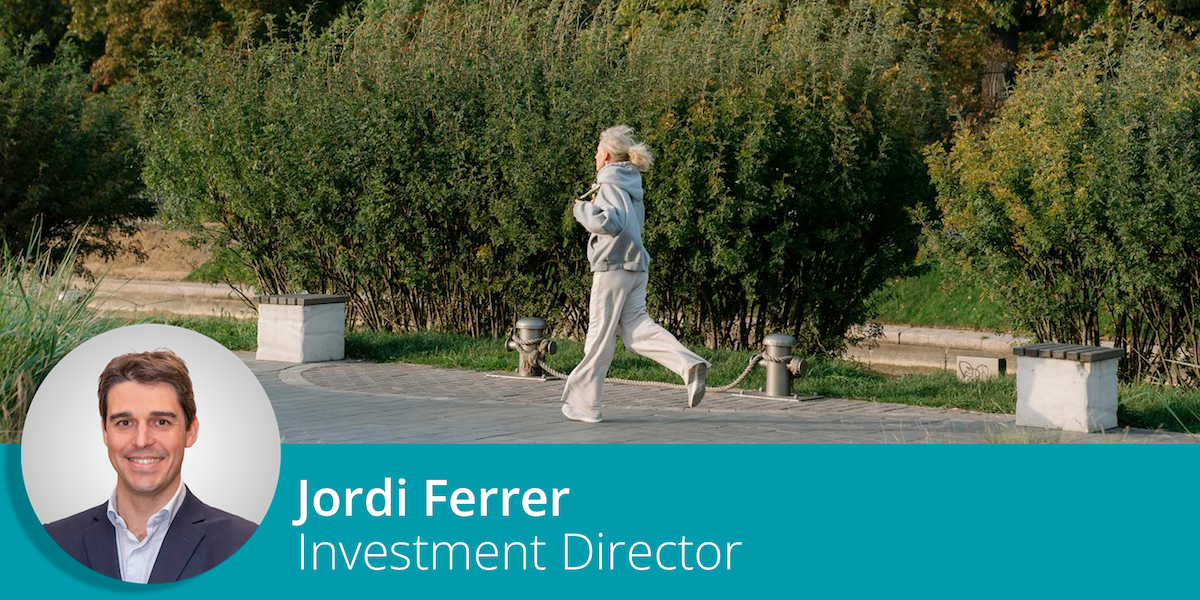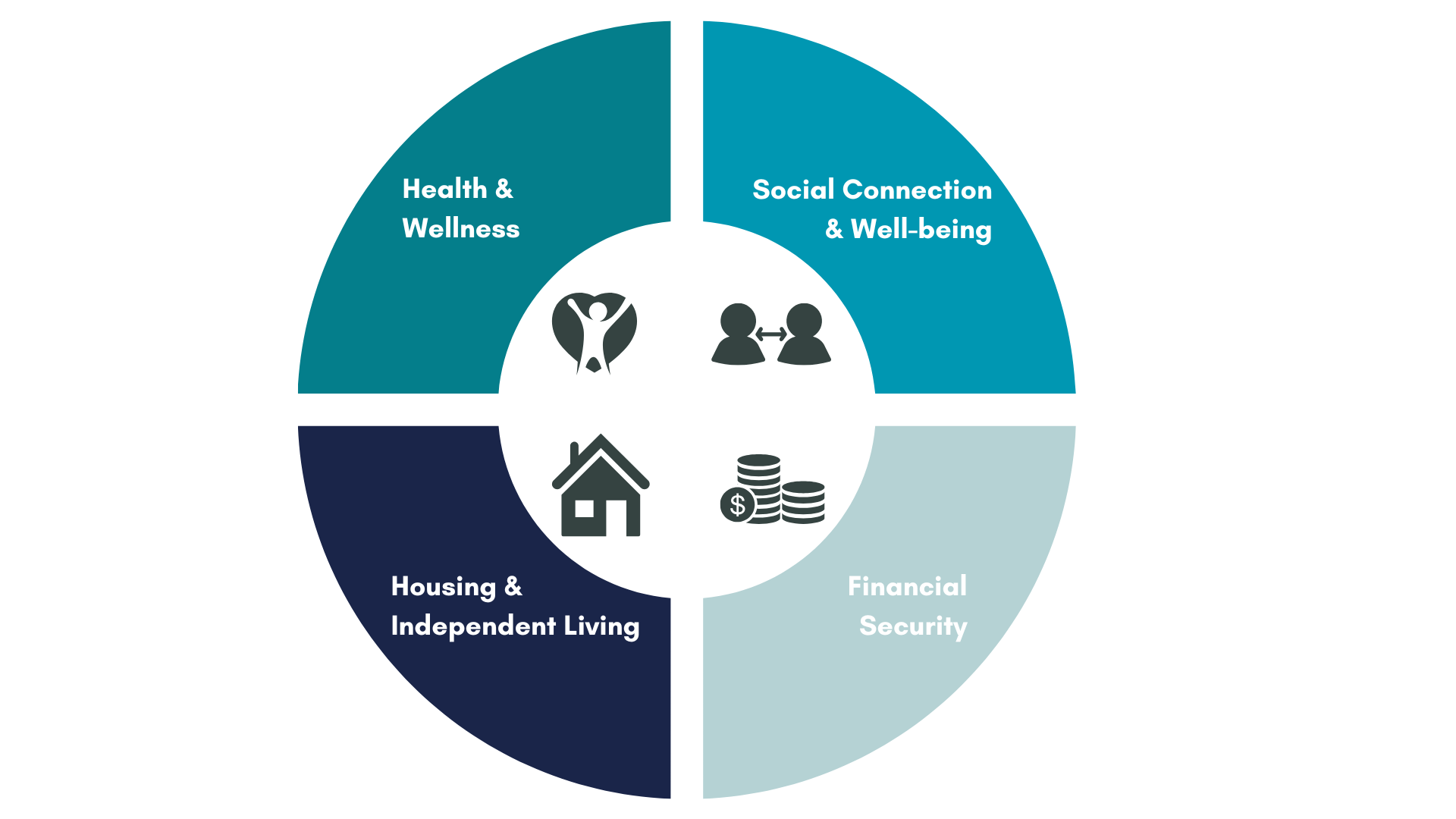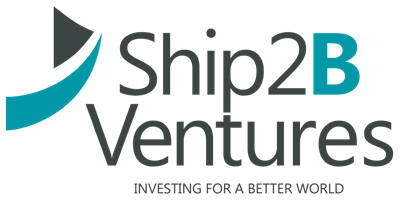
Europe is getting older. Fast. The demographic landscape of Europe is undergoing a dramatic shift. Life expectancy is soaring, birth rates are declining, and the continent is facing a rapidly aging population. This presents both significant societal challenges and a unique opportunity: the rise of the “Silver Economy,” and in this article, we explore why it is the next wave of both social impact and financial returns.
What is the Silver Economy?
The Silver Economy encompasses all products, services, and technologies designed to meet the specific needs of people aged 50 and over. This goes beyond traditional healthcare and encompasses everything from innovative housing solutions and social engagement platforms to financial planning tools and personalized wellness programs.
For decades, the Silver Economy has been seen as a burden due to rising healthcare costs, pension pressures, and workforce shortages. However, this perspective is reverting as older adults represent a significantly larger share of the economy.
Why is it so important?
As the population ages, demand for tailored solutions will only increase, representing a large, recession-resistant opportunity. Investing in aging related sectors is not just about capitalizing on demographic trends; it is about anticipating upcoming societal challenges and ensuring that longevity is synonymous with quality of life.
- A Growing Market: With Europe’s population aging rapidly, the demand for products and services tailored to seniors is skyrocketing. This translates into a massive and growing market opportunity for businesses. The size of the European silver economy has grown by approximately 5% per year between 2015 and 2025, reaching €5.7 trillion.
- Social Impact: The Silver Economy is not just about profits; it’s about improving the quality of life for millions of people. By addressing the unique challenges faced by the elderly, such as chronic diseases, social isolation, and financial insecurity, we can create a more inclusive and age-friendly society.
- Technological Innovation: The Silver Economy is a breeding ground for innovation. From AI-powered health monitoring devices to virtual reality therapies and social robots, technology is playing an increasingly crucial role in improving the lives of older adults.

Key areas of opportunity
Companies targeting the needs of the ageing population, and hence anticipating the wave of products and services associated with this emerging sector, will surely have a competitive advantage compared to those who don’t. Below are some of the most promising trends:
Health & Wellness:
- Personalized Medicine: Genomics and AI advancements enable personalized medicine approaches, tailoring treatments to individual needs and improving health outcomes.
- Telehealth & Remote Monitoring: Technologies like remote patient monitoring devices and telehealth consultations are expanding access to care, reducing the need for hospitalizations, and improving the quality of life for those with chronic conditions.
- Wearable Technology: Wearable devices are becoming increasingly sophisticated. They track vital signs, monitor activity levels, and provide valuable insights into an individual’s health.
Social Connection & Well-being:
- Combating Loneliness: Social isolation is a major concern for many older adults. Emerging platforms are connecting people and fostering meaningful relationships.
- Intergenerational Programs: Initiatives that bring together young and old, such as intergenerational volunteering programs, offer valuable social interaction and combat loneliness.
Housing & Independent Living:
- Smart Homes: Smart home technologies, from voice-activated assistants to fall detection sensors, are enabling seniors to live independently and safely in their own homes for longer.
- Cohousing Models: Innovative housing models like cohousing are gaining traction, offering a supportive and social living environment for older adults.
Financial Security:
- Financial Planning & Management: Tools and services that help seniors manage their finances, plan for retirement, and access financial assistance are crucial.
- Income Generation: Exploring new avenues for income generation for seniors, such as online platforms for sharing skills or participating in the gig economy, or models helping to make their assets more liquid can enhance financial security.

Investing in the silver economy
Investing in the Silver Economy offers a unique blend of social impact and financial return. Here are some key areas for investors to consider:
- Startups: Investing in innovative startups developing cutting-edge technologies and services for the elderly, such as those focused on AI-powered health monitoring, social engagement platforms, and assistive technologies.
- Impact Investing: Supporting companies and organizations that prioritize social impact alongside financial returns, such as those focused on improving access to healthcare for underserved elderly populations or developing affordable housing options for seniors.
- Public-Private Partnerships: Collaborating with governments and non-profit organizations to develop and implement innovative solutions for the challenges faced by the elderly.
The Silver Economy is meant to grow significantly in the coming years. As the population ages, technology advances, and the workforce gets more scarce, we can expect to see even more innovative solutions emerging to improve the quality of life for older adults. By proactively embracing this demographic shift and investing in the Silver Economy, one can create financial wealth while contributing to a future where aging is a positive and fulfilling experience for all.
If you are interested in this field, I’ll be more than happy to further discuss it with you!

